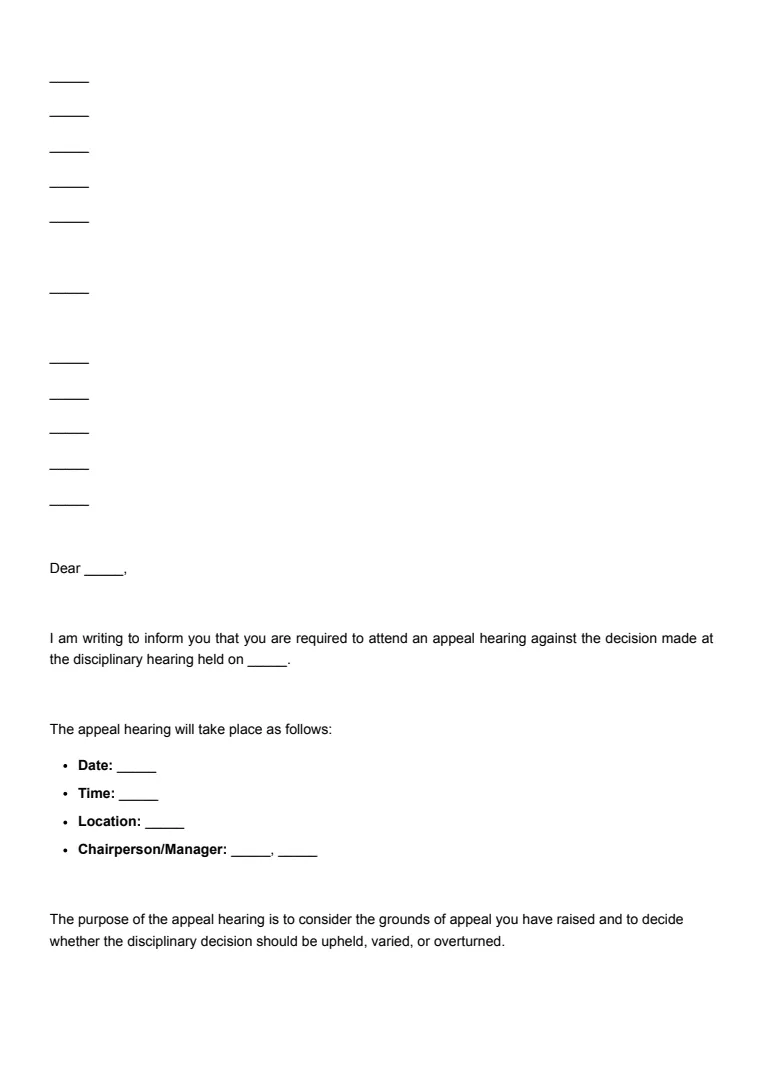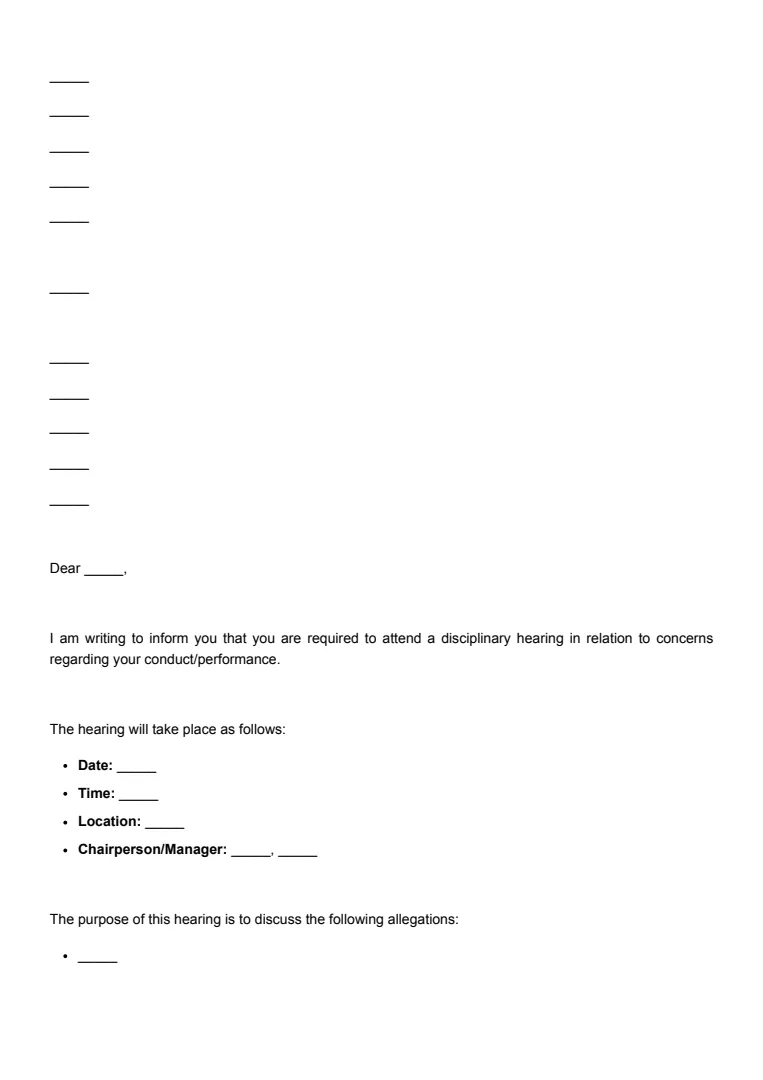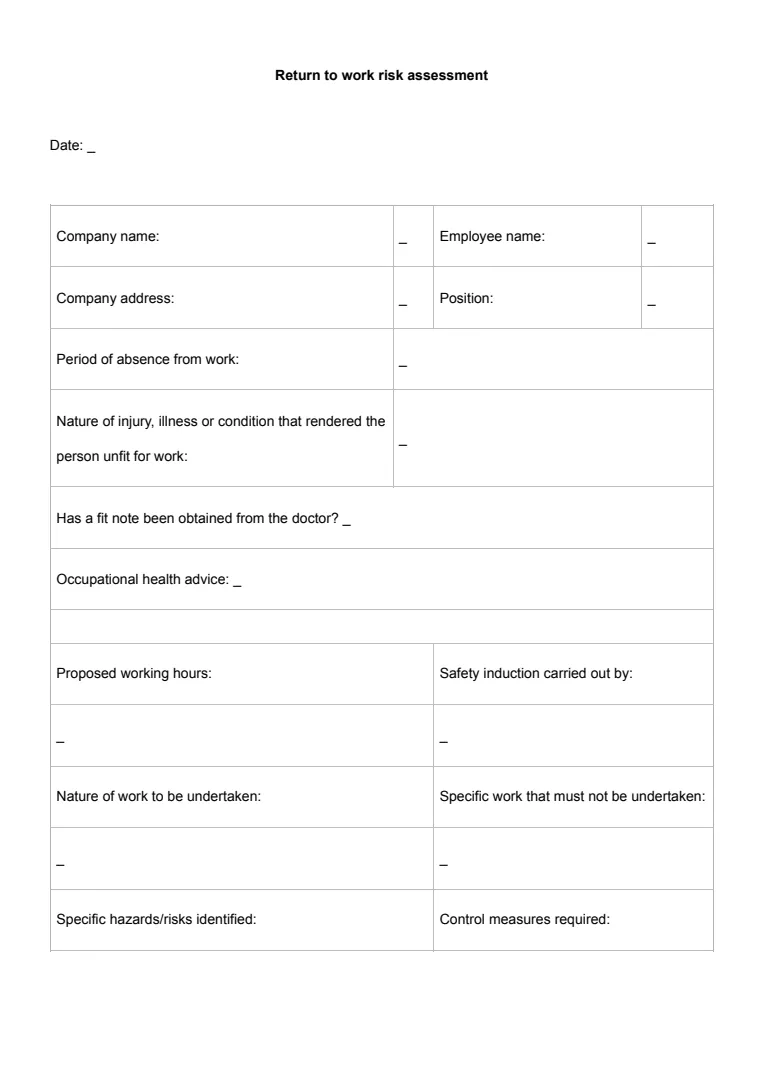What Is an Employment Contract?
An employment contract is a legally binding agreement between an employer and an employee that sets out the terms and conditions of the job.
There are different types of employment contracts, such as:
- Permanent
- Fixed-term
- Zero-hours
- Flexible
A contract can be in writing, like a job offer letter, or verbal, as discussed during interviews. Even if a contract isn't written down, it's still valid.
As an employee, you're entitled to a written statement of employment particulars on or before your first day at work. This details basic terms, including pay, work hours, and job role.
So, why have an employment contract? It clarifies roles and responsibilities, helping both parties know what's expected. Whether it's for a part-time job or a long-term career, having clear terms reduces disputes.
Remember, as an employee, accepting a job offer means accepting the contract. It's not just paperwork; it's your mutual agreement with your employer. Keep a copy for your records.
When Is an Employment Contract Needed?
An employment contract is essential, whether you’re an employee starting a new job or an employer hiring someone to work for you.
For full-time and permanent positions, a contract sets out the specific terms, like job duties and salary.
Even for part-time roles, contracts are critical. They clarify details like expected working hours and pro-rata entitlements.
Zero-hour contracts are used when work availability varies. Since you don't guarantee a fixed number of hours, it's vital that the contract explains how shifts are assigned. This is common in industries where demand fluctuates.
In cases of temporary or project-based roles, free employment contracts might also be used. Though "free" might imply informal, it's important to clearly outline responsibilities and payment terms, preventing any future disputes.
How to Write an Employment Contract
Creating an employment contract can seem daunting, but breaking it down into steps makes it manageable.
Step 1: Identify Essential Information
Start by gathering essential information about both the employer and the employee.
Include names, addresses, and the start date for employment. This sets a solid foundation for your document.
Step 2: Clarify Responsibilities and Role
Next, clarify the responsibilities and job description of the employee’s role. Both parties should have a mutual understanding of what the job entails.
Detail the duties clearly to avoid misunderstandings later. Consider attaching a job description or outlining significant tasks within the contract.
Step 3: Specify the terms and Conditions of Employment
Clearly state the terms and conditions of the employment. This includes working hours, salary, and any probationary period.
Be transparent about what the employee can expect regarding benefits, holidays, and any extra compensation or bonuses.
Step 4: Incorporate any Necessary Clauses
Common options include a non-compete clause, a non-solicitation clause, and confidentiality agreements.
These clauses protect business interests and ensure that sensitive information remains confidential. You can tailor clauses to fit your business's specific needs.
Include an exclusivity clause if the employee is expected not to engage in competitive or external work during employment. Ensure this clause is well-defined to avoid conflicts.
Step 5: Outline the Governing Law
This part specifies which country or region's laws will apply to the contract. It's crucial for resolving any potential disputes.
Step 6: Provide a Written Statement of Employment Particulars
This statement should summarise key details such as job title, pay, and working hours. It's a pivotal part of the contract and provides clarity to both parties.
Step 7: Review the Contract
Lastly, review the contract carefully. Make sure all terms are clear and free from ambiguity.
Before signing, both parties should have the opportunity to discuss and amend the terms as necessary. This ensures mutual agreement and satisfaction.















